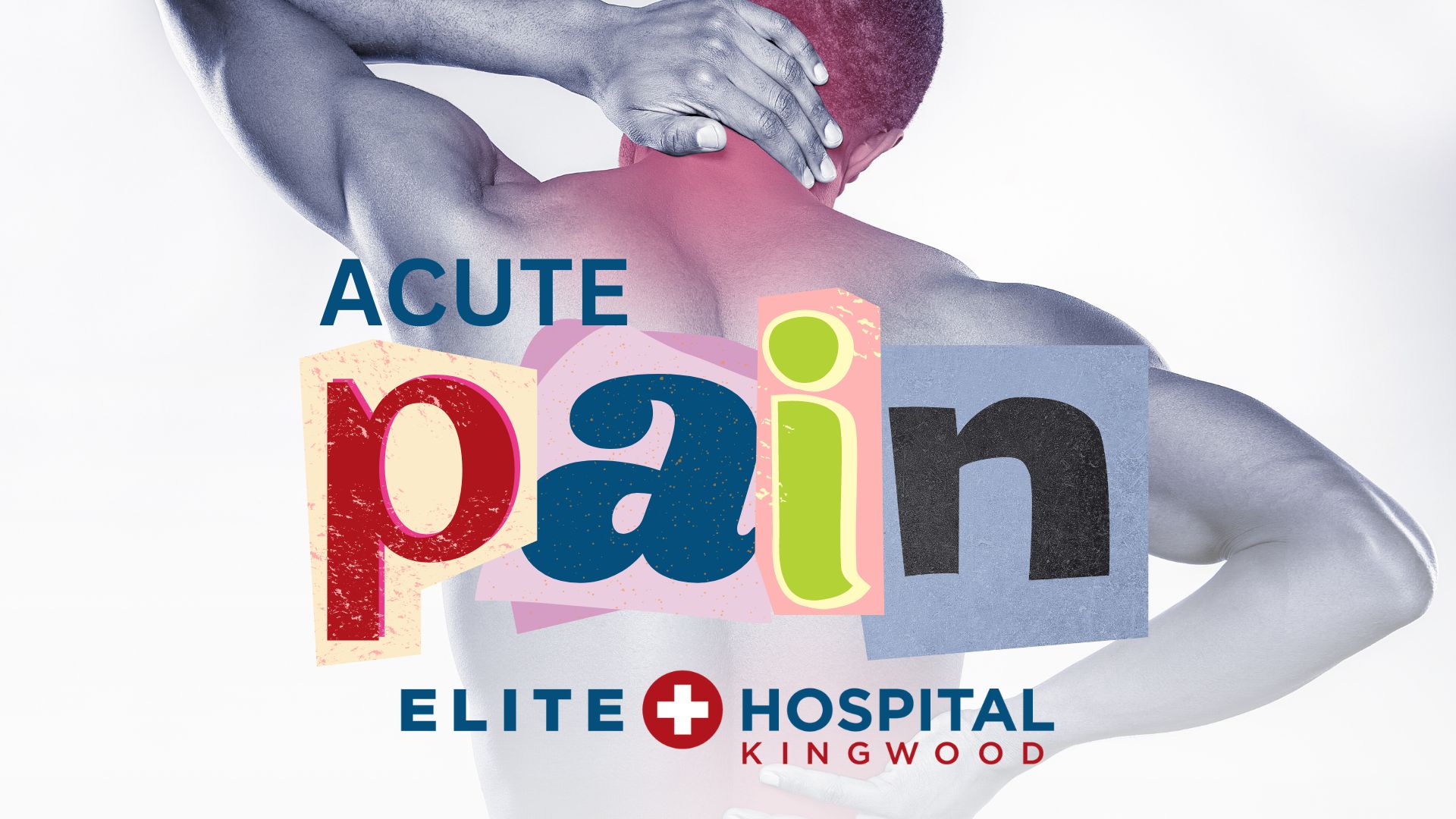
September is Pain Awareness Month, a critical time dedicated to raising awareness about chronic pain, its impact on daily life, and the importance of effective pain management. Spearheaded by organizations like the American Chronic Pain Association (ACPA), this month emphasizes the challenges of living with chronic pain and the need for public understanding and support. For families in Kingwood, knowledge about pain management is important, particularly when dealing with acute pain that requires immediate attention.
The Importance of Pain Awareness
Chronic pain affects over 50 million Americans, making it a significant public health concern (American Chronic Pain Association). Unlike acute pain, which typically results from injury or surgery and is temporary, chronic pain can last for months or even years. Conditions such as arthritis, fibromyalgia, and migraines often lead to chronic pain, and managing it can be complex and multifaceted.
The ACPA has been instrumental in raising awareness about chronic pain, and promoting education, advocacy, and support to improve the quality of life for those who suffer (“Advocacy and Support”). This effort isn’t just about helping those in pain but also about educating the public on how they can support and understand the experiences of loved ones dealing with this often invisible condition.
Getting Involved in Pain Awareness
The U.S. Pain Foundation offers programs and advocacy opportunities for those interested in participating in Pain Awareness Month (“Pain Awareness Month Initiatives”). These initiatives range from local events to nationwide campaigns, all aimed at increasing public understanding of pain and supporting research into new treatments (U.S. Pain Foundation). By sharing educational materials, participating in events, or advocating for policy changes, individuals can make a real difference during Pain Awareness Month.
Holistic Approaches to Managing Chronic Pain
While medication is often a necessary part of pain management, many people find relief through holistic approaches that complement traditional medical treatments. These methods can be particularly beneficial for managing chronic pain while minimizing reliance on pharmaceuticals.
- Acupuncture: An ancient Chinese practice, acupuncture involves inserting thin needles into specific body points to relieve pain and promote healing. Studies suggest that acupuncture may stimulate the body’s natural painkillers, offering relief for various conditions, including back pain, osteoarthritis, and migraines (National Institutes of Health).
- Chiropractic Care: Chiropractic treatment focuses on diagnosing and treating musculoskeletal disorders, particularly those affecting the spine. Through manual adjustments, chiropractic care can relieve pain, improve function, and support the body’s natural healing processes (American Chiropractic Association).
- Exercise: Regular physical activity is one of the most effective chronic pain management methods. Exercise strengthens muscles, enhances flexibility, and releases endorphins, natural painkillers (Centers for Disease Control and Prevention). Activities like swimming, walking, and yoga can be particularly beneficial for individuals with chronic pain).
- Massage Therapy: Massage therapy can reduce pain by improving circulation, relaxing muscles, and lowering stress levels. It is especially effective for conditions such as fibromyalgia, arthritis, and chronic back pain (Mayo Clinic).
- Stress-Reduction Techniques: Chronic pain is often exacerbated by stress. Techniques like mindfulness, meditation, and deep breathing can help manage pain by reducing the body’s stress response. These practices promote relaxation, reduce anxiety, and improve overall well-being (American Psychological Association).
- Vitamin or Herbal Supplements: Certain supplements, including omega-3 fatty acids, turmeric, and magnesium, possess anti-inflammatory properties that can manage pain. However, it is essential to consult a healthcare provider before starting any supplement regimen (National Center for Complementary and Integrative Health).
- Aloe Vera: Known for its soothing properties, aloe vera can be applied topically to reduce inflammation and relieve pain, making it useful for conditions like arthritis and joint pain (National Center for Complementary and Integrative Health).
The Value of Prompt Pain Treatment
While managing chronic pain is vital, acute pain demands immediate medical attention. Whether due to injury, illness, or a sudden flare-up of a chronic condition, timely treatment is crucial to prevent complications and alleviate suffering.
At Elite Hospital in Kingwood, we understand the importance of quick and effective pain management. Our Board-Certified Emergency Physicians are available 24/7 to diagnose and treat acute pain conditions). Whether it’s a sports injury, a severe headache, or an unexpected medical emergency, we provide the necessary care when you need it most.
Our state-of-the-art facility is equipped to handle a wide range of emergencies, and our experienced medical team is committed to delivering compassionate, high-quality care. We believe that no one should suffer in pain, and our mission is to ensure that you receive the prompt treatment necessary to get back to your life as quickly as possible.
Conclusion
Pain Awareness Month is an essential time to educate ourselves and others about the complexities of pain management. Every action helps, whether advocating for better policies, exploring holistic approaches, or seeking prompt medical care for acute pain.
At Elite Hospital in Kingwood, we’re here to support our community with the emergency medical care needed to treat acute pain. Remember, pain doesn’t have to control your life—help is available, and relief is possible.
American Chronic Pain Association. “Understanding Chronic Pain.” Retrieved from ACPA Website.
American Chronic Pain Association. “Advocacy and Support.” Retrieved from ACPA Website.
U.S. Pain Foundation. “Pain Awareness Month Initiatives.” Retrieved from US Pain Foundation Website.
National Institutes of Health. “Acupuncture for Pain Relief.” Retrieved from NIH Website.
American Chiropractic Association. “Benefits of Chiropractic Care.” Retrieved from ACA Website.
Centers for Disease Control and Prevention. “The Benefits of Physical Activity.” Retrieved from CDC Website.
Mayo Clinic. “Massage Therapy: What You Need to Know.” Retrieved from Mayo Clinic Website.
American Psychological Association. “Stress Management Techniques.” Retrieved from APA Website.
National Center for Complementary and Integrative Health. “Herbal Supplements and Pain Management.” Retrieved from NCCIH Website.
National Center for Complementary and Integrative Health. “Aloe Vera and Pain Relief.” Retrieved from NCCIH Website.
